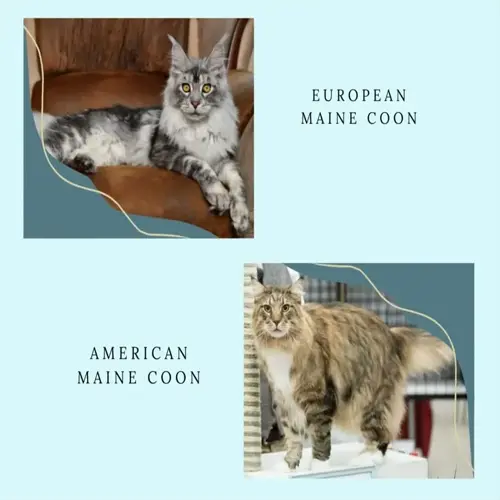How are dog breeds classified into groups?

Written by
Elin Eriksson
Reviewed by
Prof. Edward Clarke, Ph.D.Classification systems of dog breeds assist in recognizing behavior and function. Societies, such as the American Kennel Club, are classified by their historical utility and by similar characteristics. The classes illustrate the reasons for herding children by Border Collies, for example, and the ability of Beagles to follow scents without ceasing.
Herding Group
- Intelligent breeds developed for livestock control
- Exhibit strong eye contact and circling behaviors
- Need mental challenges to prevent obsessive habits
- Examples: Border Collies, Australian Shepherds
Working Group
- Powerful breeds created for guarding and pulling
- Display natural protectiveness and territorial instincts
- Require clear leadership and consistent training
- Examples: Rottweilers, Siberian Huskies
Toy Group
- Small companion breeds bred for affection
- Thrive on human interaction and lap time
- Often develop strong bonds with single owners
- Examples: Pomeranians, Chihuahuas
Understanding the breed groups helps prevent mismatches between dogs and their owners. My client adopted a high-energy Australian Cattle Dog for apartment living. We redirected the herding instinct with puzzle toys and agility training, thus changing destructive behavior into productive outlets.
Different groups of breeds indicate the genetic reasons for certain behaviors. Scent breeds track tirelessly because they were created to run game. Companions desire constant attention because their ancestors were lap warmers. By understanding these aspects, you can better satisfy their instinctual needs.
Sporting breeds, such as Labradors, still retain their affinity for water from their duck-hunting past, as evidenced by their tendency to jump into any body of water available to them. Terriers often dig compulsively, a remnant of their past as vermin hunters. These breed traits will manifest themselves regardless of whether training is involved.
Read the full article: 15 Dog Breed Traits You Need to Know

